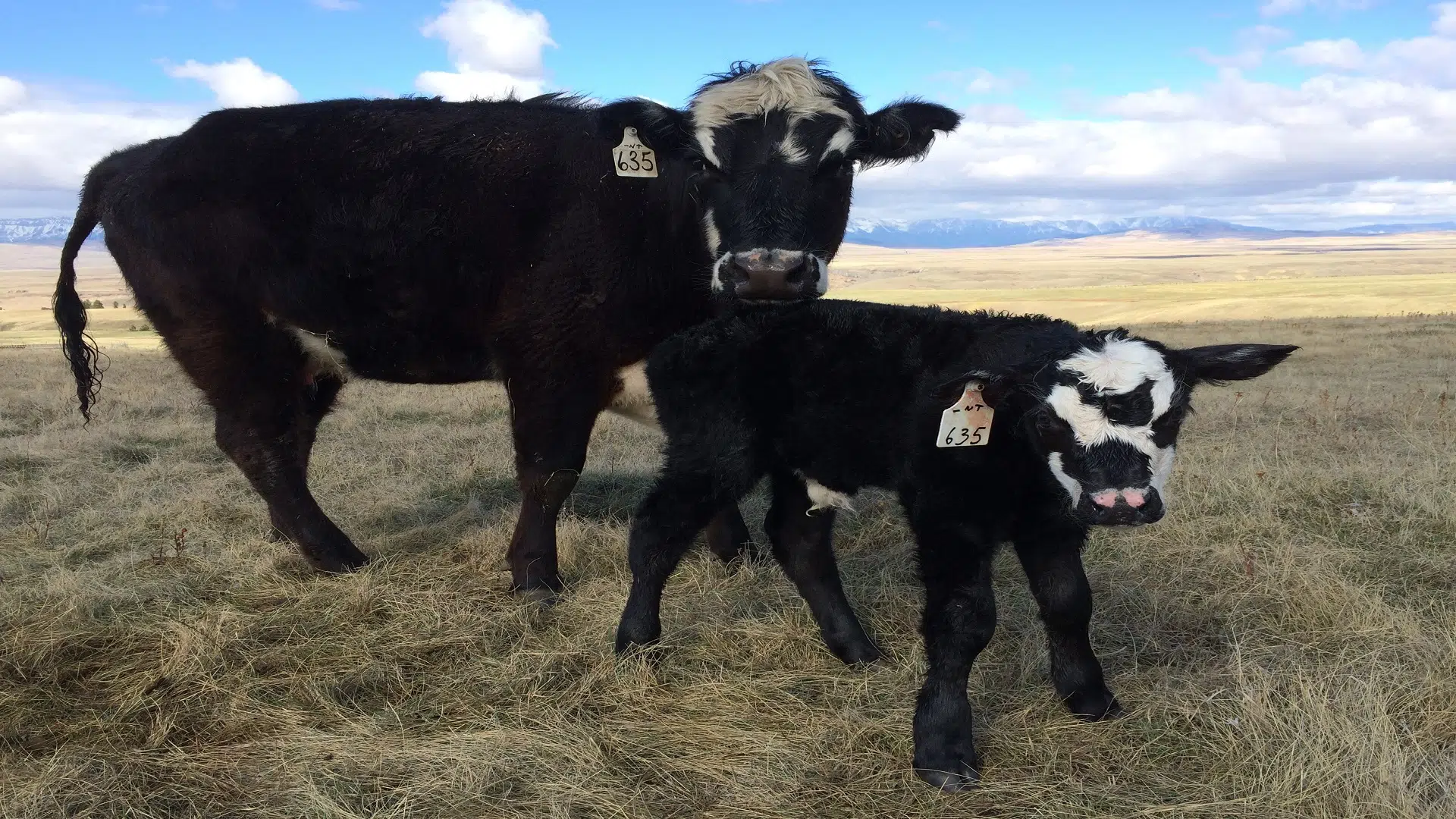
Cow-Calf surveys show many changes in the industry
LETHBRIDGE — Recent Cow-Calf surveys across Canada were conducted to establish industry benchmarks for producion indicators and management practices, establish industry trends and guide research and extension efforts. Results from across Canada show significant differences region-by-region.
Brenna Grant, Manager, Canfax Research Services Manager Brenna Grant, commented on some of the findings.
“This is the first time we’ve had national representation of production benchmarks of different practises at the cow/calf level and this is valuable for producers to understand where their regional average is for different adoption rates and to see what they’re doing, in terms of different performance thinking of conception rates, weaning rates, calf death loss, or even the length of their calving season.”
Grant highlighted the regional differences and noted the financial benefits to some practices.
“We expected those regional differences to show-up, in term of performance, as well as adoption of different practices. The reason for that is, when you look at the different environments that producers are operatng in and the production practices that they’re using, it really does affect the cost benefit of adopting different practices and the decisions that the individual producers make for their operations.”
There were some major changes that came to light, which Grant refers to.


